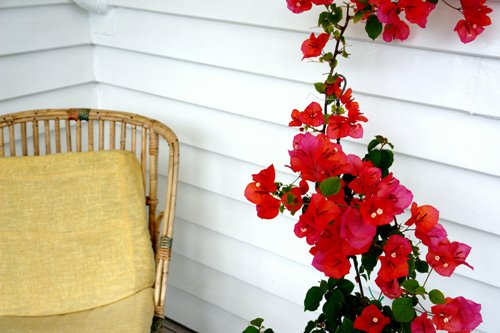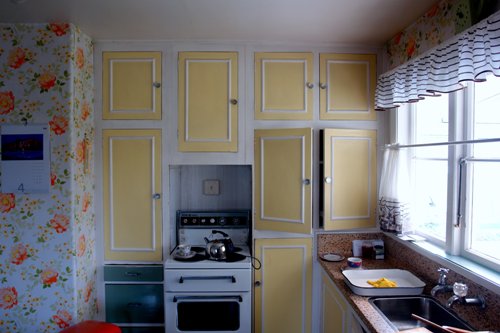|
May 13, 2008
When I was in New Zealand I visited the home I grew up in Christchurch to see my mother. It was a return to the suburbia that I grew up in and then fled, because of the desolation and emptiness in what then was the outer ring suburb of St Albans.
 Gary Sauer-Thompson, 259 Knowles Street, Christchurch, New Zealand, 2008
Gary Sauer-Thompson, 259 Knowles Street, Christchurch, New Zealand, 2008
There was little sense of hope in the suburban heartland in a major city in the South Island. Though the suburbs in Christchurch were divided by class--separate localities for the welfare poor, workers, middle class-and the rich -- there was a sense of during the second half of the 20th century of social stability, decent housing, home ownership and steady growth. Racial diversity and tension was absent.
 Gary Sauer-Thompson, kitchen, 259 Knowles Street, Christchurch, New Zealand, 2008
Gary Sauer-Thompson, kitchen, 259 Knowles Street, Christchurch, New Zealand, 2008
This provincial suburban landscape was characterised by outward social homogeneity and a rough uniformity in the style of the houses. They were a vast improvement over areas traditionally occupied by the industrial white working class whilst the substantive public housing protected the most vulnerable.
 Gary Sauer-Thompson, sunroom, 259 Knowles Street, Christchurch, New Zealand, 2008
Gary Sauer-Thompson, sunroom, 259 Knowles Street, Christchurch, New Zealand, 2008
Today, as a result of the dislocation associated with large scale economic reforms under a neo-liberal mode of governance since the 1970s, the local press--The Press---rages on about crime and violence in the city's CBD streets and the need for law and order to get tough on the thugs who attack, rob and rape international tourists. The thugs are represented as Maoris and as members of gangs. Its worse than New York ever as and the local authorities need to control the violence and clean up the gang filth.
And so we have the politics of ethnicity in a white society.
|
